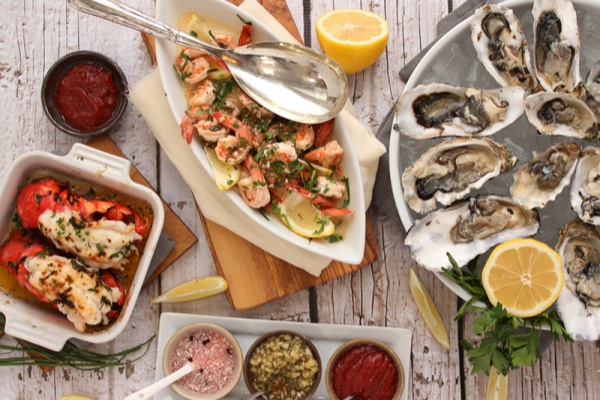When selecting sustainable seafood, it is essential to look for certification labels. Organizations such as the Marine Stewardship Council and the Aquaculture Stewardship Council provide certifications that indicate responsible fishing and farming practices. These labels ensure that the seafood has been sourced from fisheries that prioritize ecological balance and social responsibility. Familiarizing yourself with these certifications can help you make choices that align with sustainable practices.
Another important consideration is the type of seafood you choose. Some species are more resilient and can be harvested sustainably, while others are at risk of depletion. Fish such as sardines, mackerel, and anchovies are generally considered sustainable options due to their abundance and rapid reproduction rates. On the other hand, species like bluefin tuna and certain types of cod are often overfished and should be avoided. Consulting resources like the Seafood Watch guide can provide valuable insights into which seafood options are sustainable.

Seasonality also plays a critical role in sustainable seafood choices. Certain fish are more abundant during specific times of the year, and consuming them in season can help reduce pressure on populations. Local fish markets and community-supported fisheries often provide seasonal recommendations that can guide your purchasing decisions. By choosing seasonal seafood, you not only support local economies but also contribute to sustainable fishing practices.
Sourcing seafood from local fisheries can further enhance sustainability. Local seafood often has a smaller carbon footprint due to reduced transportation needs, and supporting local fishermen helps sustain regional economies. Visiting farmers’ markets or local fish markets can connect you with fresh, sustainably caught seafood. Engaging with your local fishing community can also provide insights into the health of local fish populations and the practices employed by fishermen.

Preparation methods can also influence the sustainability of your seafood choices. Opting for cooking techniques that minimize waste, such as grilling or steaming, can enhance the overall sustainability of your meal. Additionally, using the entire fish, including parts that are often discarded, can help reduce waste and promote a more sustainable approach to seafood consumption.
Educating yourself about the seafood supply chain is essential for making informed choices. Understanding where your seafood comes from and how it is harvested can empower you to support practices that are beneficial for the environment. Engaging with sustainable seafood initiatives and advocating for responsible fishing practices can amplify your impact as a consumer.
Choosing sustainable seafood is a powerful way to contribute to the health of our oceans while enjoying the many benefits of seafood. By prioritizing certified options, seasonal choices, and local sourcing, consumers can play a vital role in promoting a sustainable seafood industry. Making these informed decisions not only supports marine ecosystems but also ensures that future generations can enjoy the rich bounty of our oceans.



